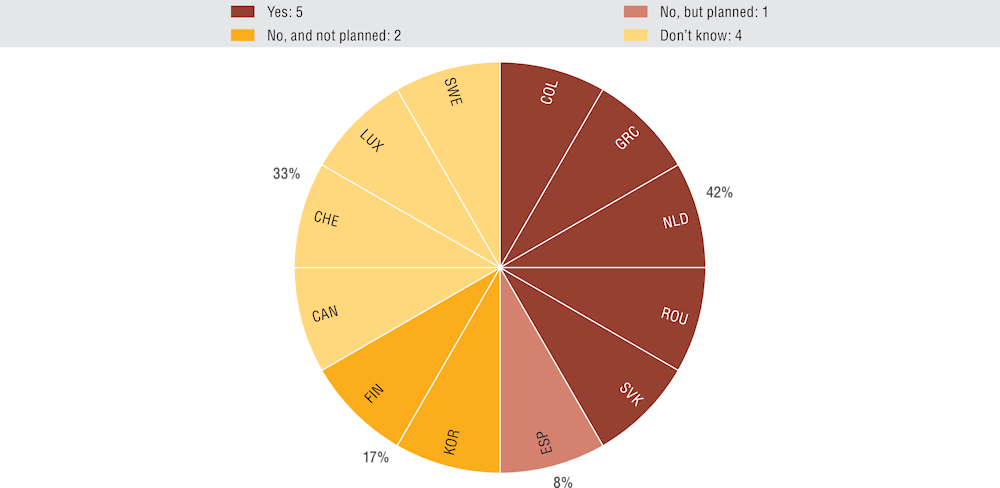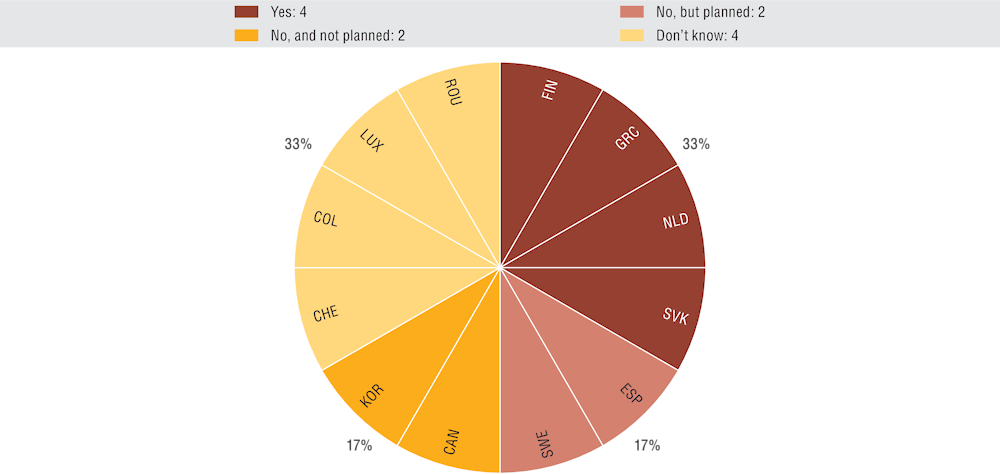A more interconnected world economy means that individual countries’ policies can have spill over effects, or impacts other countries and the global commons. The transmission channels for such transboundary impacts are numerous and complex, including financial flows, imports and exports of goods and services, the migration of people, transfers of knowledge or carbon emissions, to name a few. The challenge is that when countries focus solely on domestic interests, their actions might have a negative impact on other countries and these effects in turn might have a negative impact on their own society, environment and domestic economy. This is why policy coherence has become crucial to policy-making in the current global context.
The capacity of governments to anticipate and address the transboundary impact of their policies is essential to achieve global agendas, such as the 2030 agenda for sustainable development. The OECD Recommendation on Policy Coherence for Sustainable Development provides a comprehensive standard to equip policy-makers with the mechanisms and tools they need to address transboundary impacts. The recommendation provides a set of guiding principles structured around three pillars: 1) building a strategic vision, commitment and leadership towards policy coherence; 2) strengthening institutional mechanisms to address policy interactions across sectors and align actions among levels of government; and 3) developing a set of responsive tools to anticipate, assess and address the domestic, transboundary and long-term impacts of policies.
OECD countries that responded to the survey on policy coherence have made progress in improving impact assessment practices as the mechanism for analysing transboundary impacts when implementing programmes, policies, regulations and draft laws. However, less than half of these countries (5 out of 12, 42%) require policy makers to conduct analysis on transboundary impacts during such implementation (Figure 4.15). One-third (4 out of 12) are using indicators or other available data to monitor transboundary impacts (Figure 4.16). Challenges include limited data at appropriate stages of the policy-making process, high demands on resources and capacity, difficulty in establishing clear causal links between policies in one country and effects in another country where externalities are often not linear, and ensuring that assessment of transboundary impacts is a systematic process. Moreover, governments need to facilitate effective communication and strengthen capacity across the administration and levels of government to effectively address transboundary impacts and to use available tools, evidence and data to reduce negative impacts and better understand the implications and costs of not doing so.


